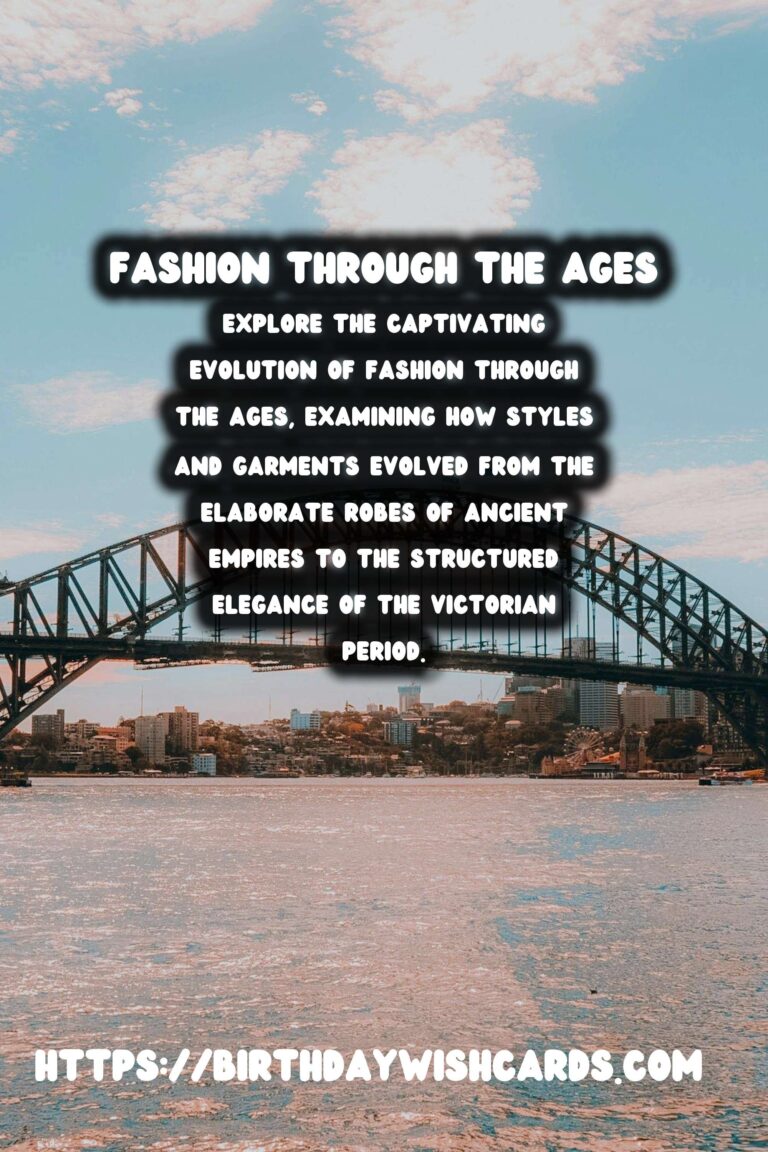
Explore the captivating evolution of fashion through the ages, examining how styles and garments evolved from the elaborate robes of ancient empires to the structured elegance of the Victorian period. Fashion history provides a window into the culture, social structure, and influences of each era, marking significant shifts in societal norms and artistic expression.
The Dawn of Fashion: Ancient Empires
In ancient Egypt, clothing was a reflection of the civilization’s advanced arts and sciences. Linen was the fabric of choice due to the warm climate. Both men and women wore simple tunics or kilts. Jewelry was significant, often made of gold, to indicate status and wealth.
Moving to Ancient Greece, the focus shifted to draped garments such as the chitons and peplos, crafted from wool or linen. These garments were often secured with elaborate pins or brooches, reflecting both function and fashion. The Greeks valued symmetry and balance, which extended to their attire.
Roman Times: Influence and Interaction
The Roman Empire borrowed heavily from other cultures, including the Greeks and Egyptians, but added their distinctive elements. Togas became a symbol of Roman citizenship, while stolas were worn by women as a sign of modesty and respectability. Roman fashion was notably characterized by its inclusion of dyes and elaborate textiles.
Middle Ages: Rich Textiles and Layered Dressing
With the decline of the Roman Empire came the Middle Ages, a period marked by the development of regional fashion variations in Europe. Styles were heavily layered and opulent for the upper class, while the peasants wore simpler, functional clothing. Wool became the predominant material, with silk and velvet reserved for the wealthy.
Sumptuary laws controlled who could wear what, signifying a person’s social rank and wealth. These laws highlighted textiles, furs, and colors that were restricted to nobility.
Renaissance: Rebirth of Art and Fashion
The Renaissance period saw a revival in art, learning, and fashion following the Middle Ages. Clothing became more extravagant, with tailored lines and garments aimed at displaying the human form with grace. Luxurious materials such as silk, brocade, and velvet were emphasized.
The style in Italy led the way, influencing neighboring countries with its use of vibrant colors and complex patterns. Fashion became a central aspect of life, intertwined with art and culture.
Baroque and Rococo: Drama and Extravagance
The Baroque period introduced drama and opulence, with clothing designed to impress and astonish. Fabrics were richly decorated, and wigs became an important part of ensemble, marking the wearer’s status. This was followed by the Rococo style, which favored lighter fabrics and pastel colors, reflecting a more playful and decorative approach.
This era thrived on the sophistication of French courtly fashion, which exerted considerable influence across Europe.
Victorian Era: Industrial Impact and Social Conventions
The Victorian era, a period marked by the Industrial Revolution, saw clothing become more accessible due to mass production. Fashion also began reflecting the industrialization and complexities of the modern world. The silhouette of women’s fashion became more restrictive and formal, featuring corsets, crinolines, and elaborate skirts.
Victorian men’s fashion leaned towards sober colors and simple lines, with three-piece suits becoming the standard for sophisticated gentlemen.
In conclusion, the journey of fashion from ancient times to the Victorian era reveals not only the changes in aesthetic tastes and technological advancements but also reflects the societal and cultural shifts that each era experienced.
Explore the captivating evolution of fashion through the ages, examining how styles and garments evolved from the elaborate robes of ancient empires to the structured elegance of the Victorian period. The Victorian era, a period marked by the Industrial Revolution, saw clothing become more accessible due to mass production. 
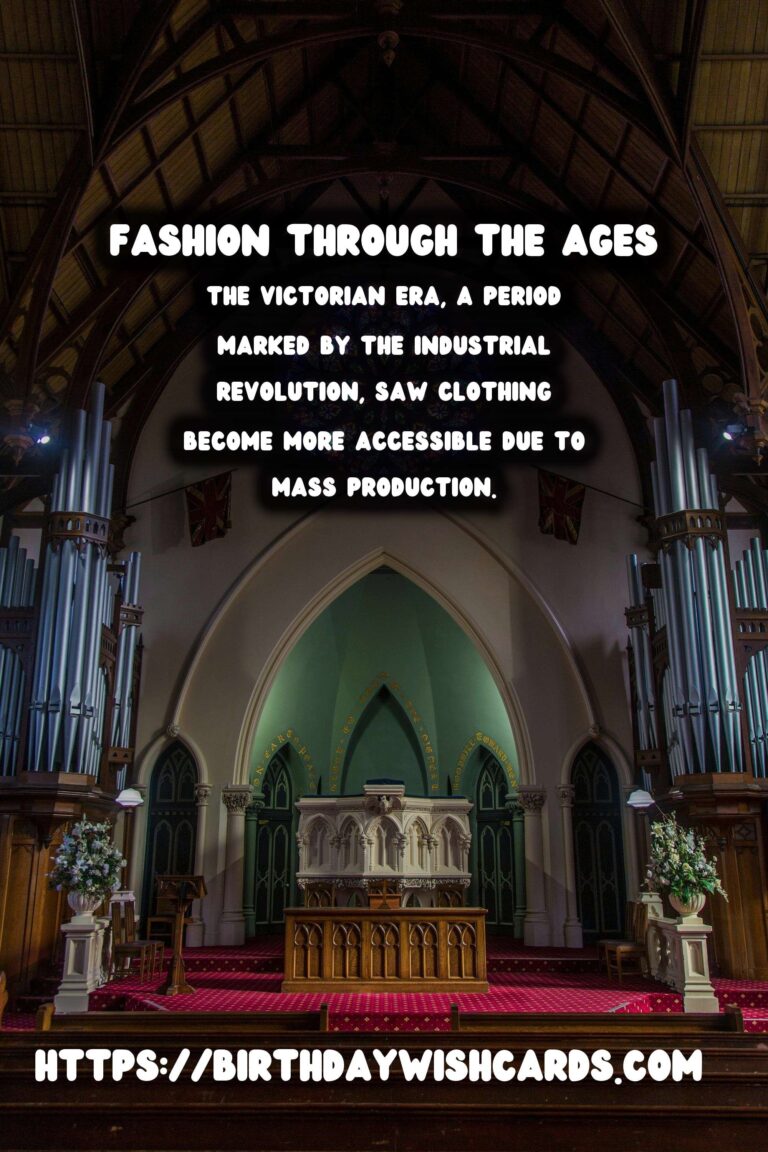
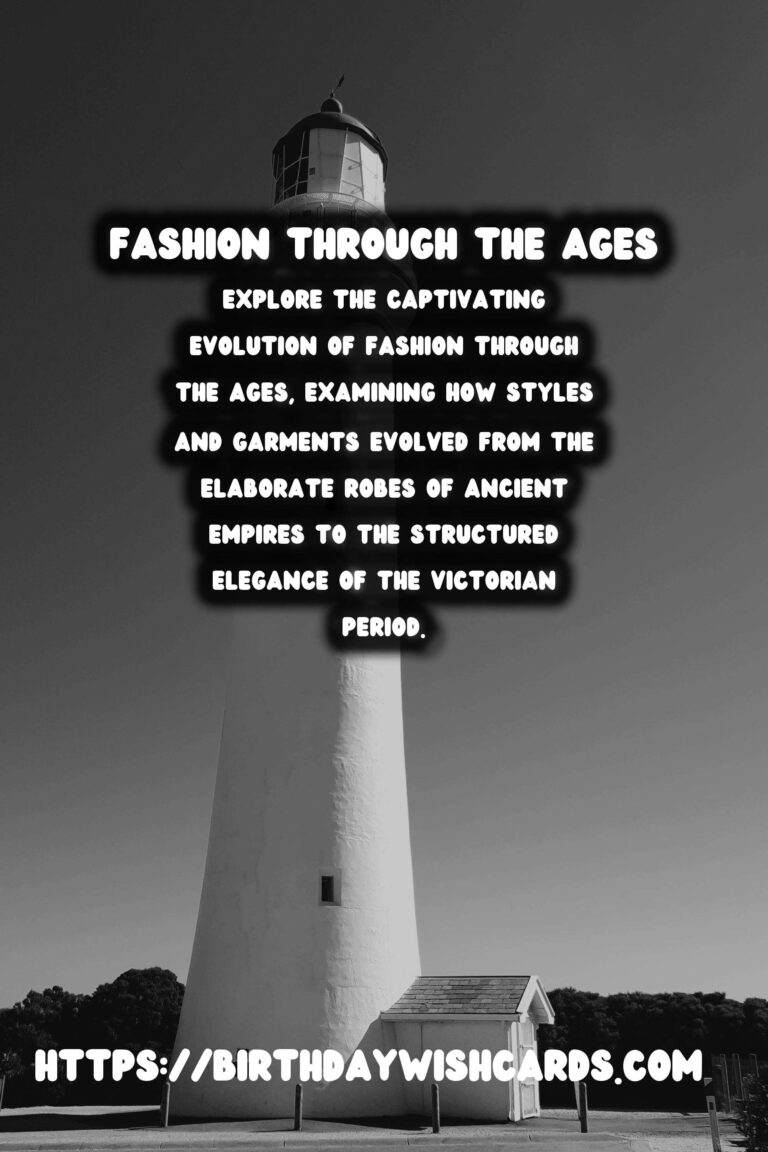
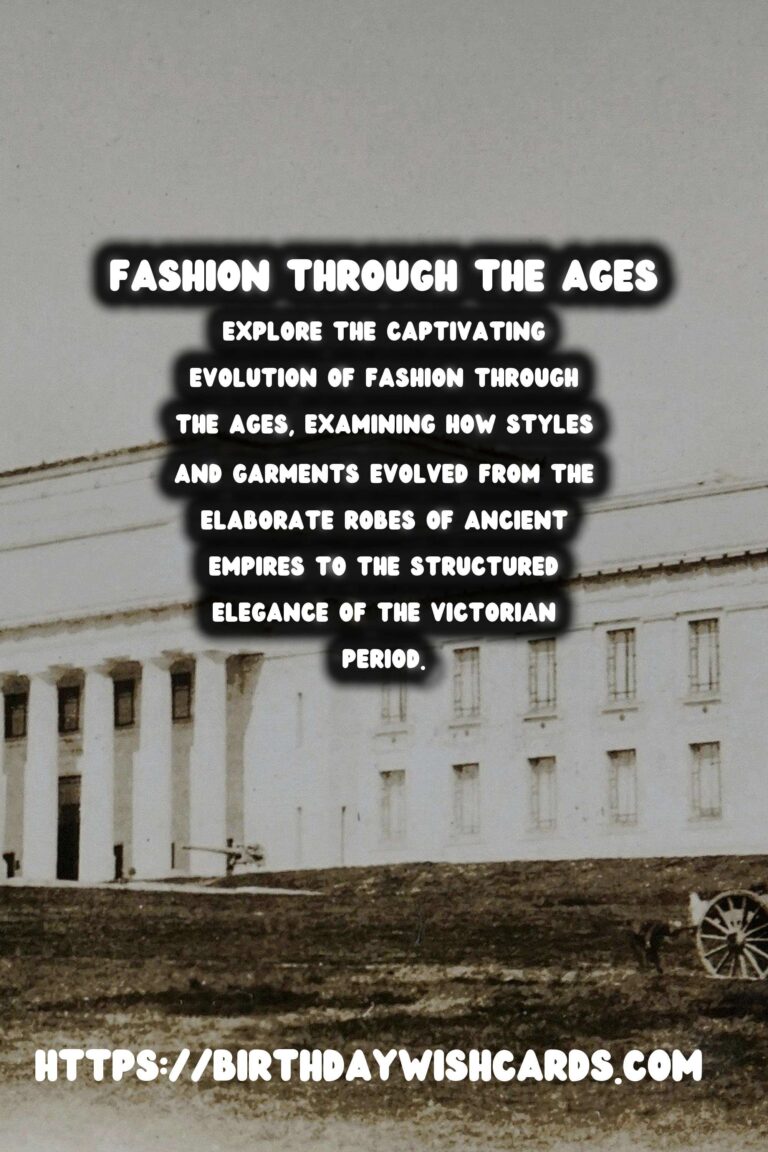
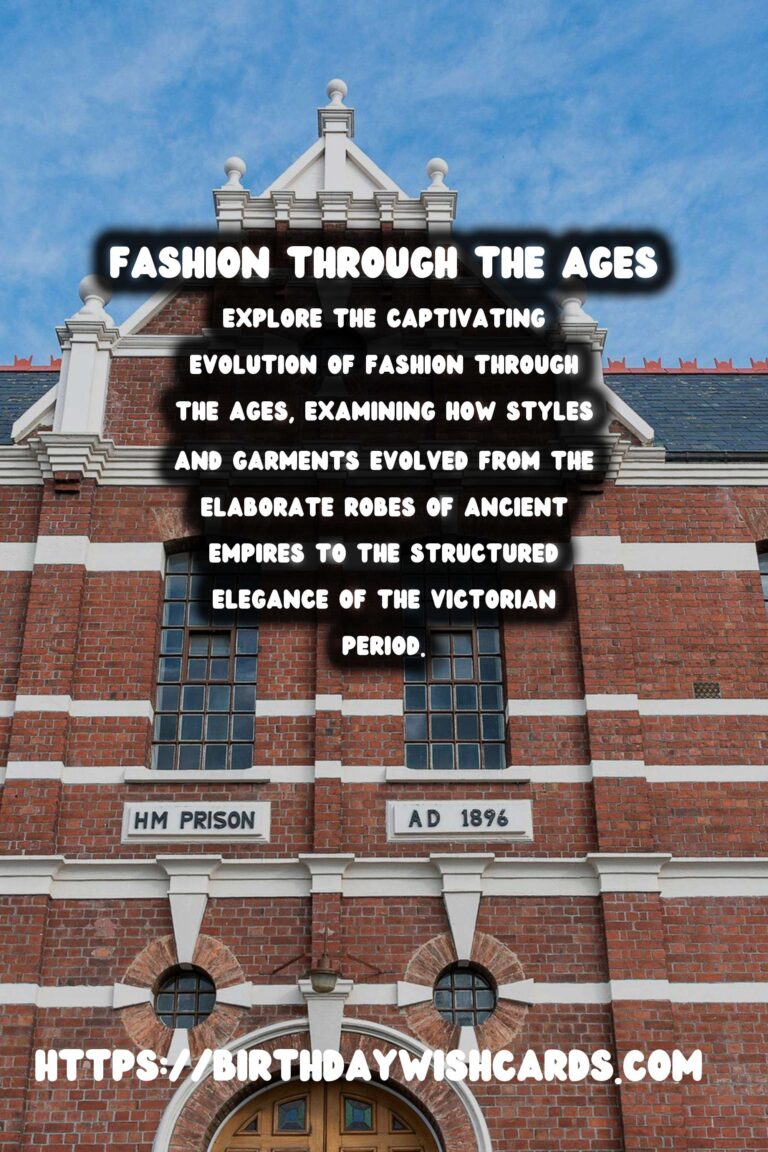
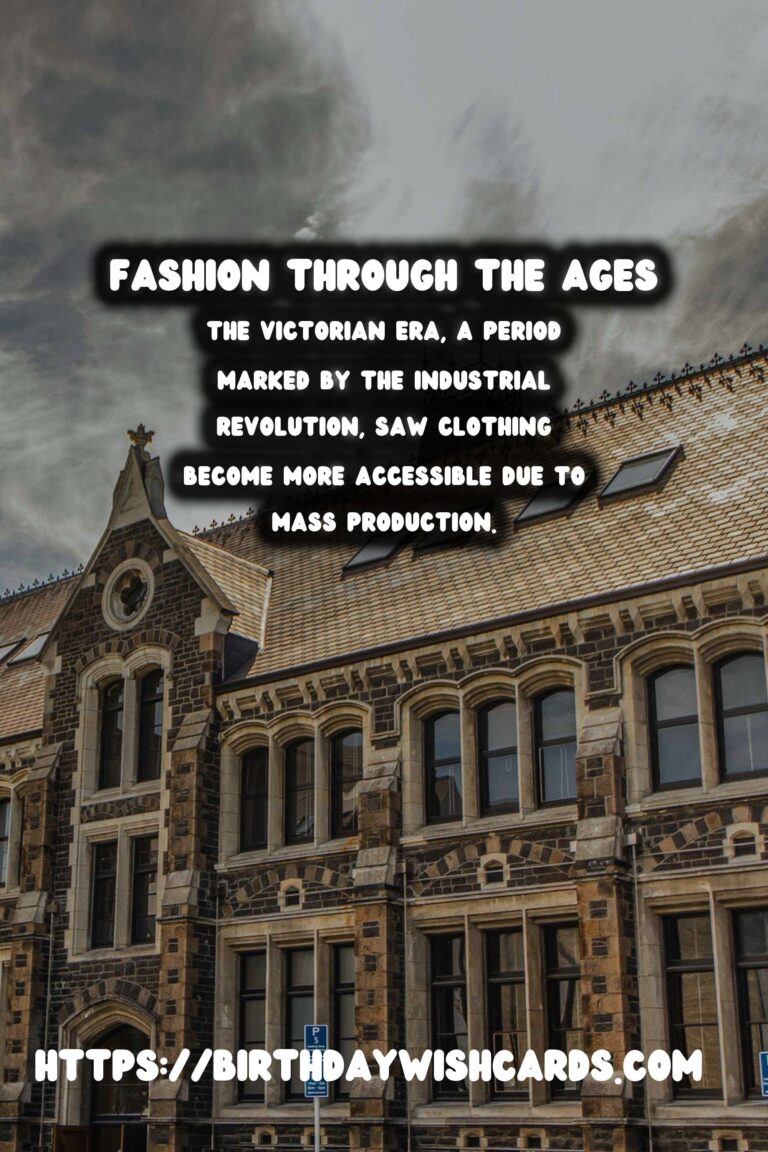
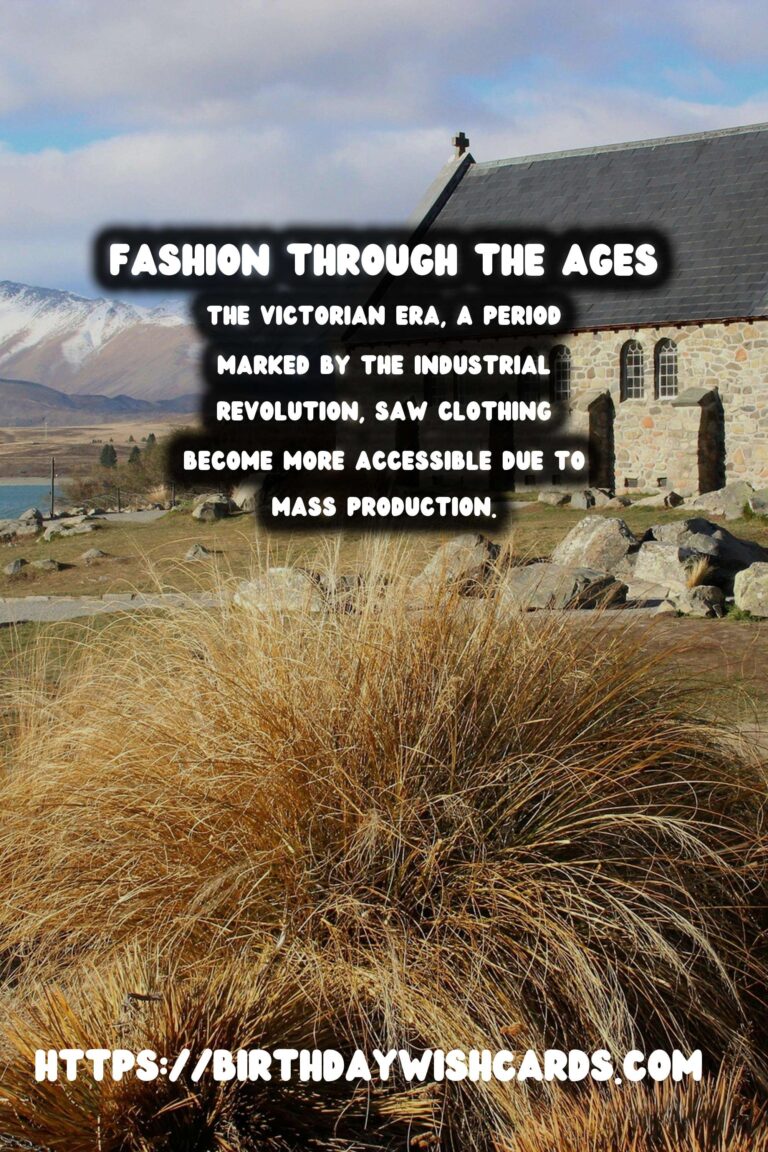
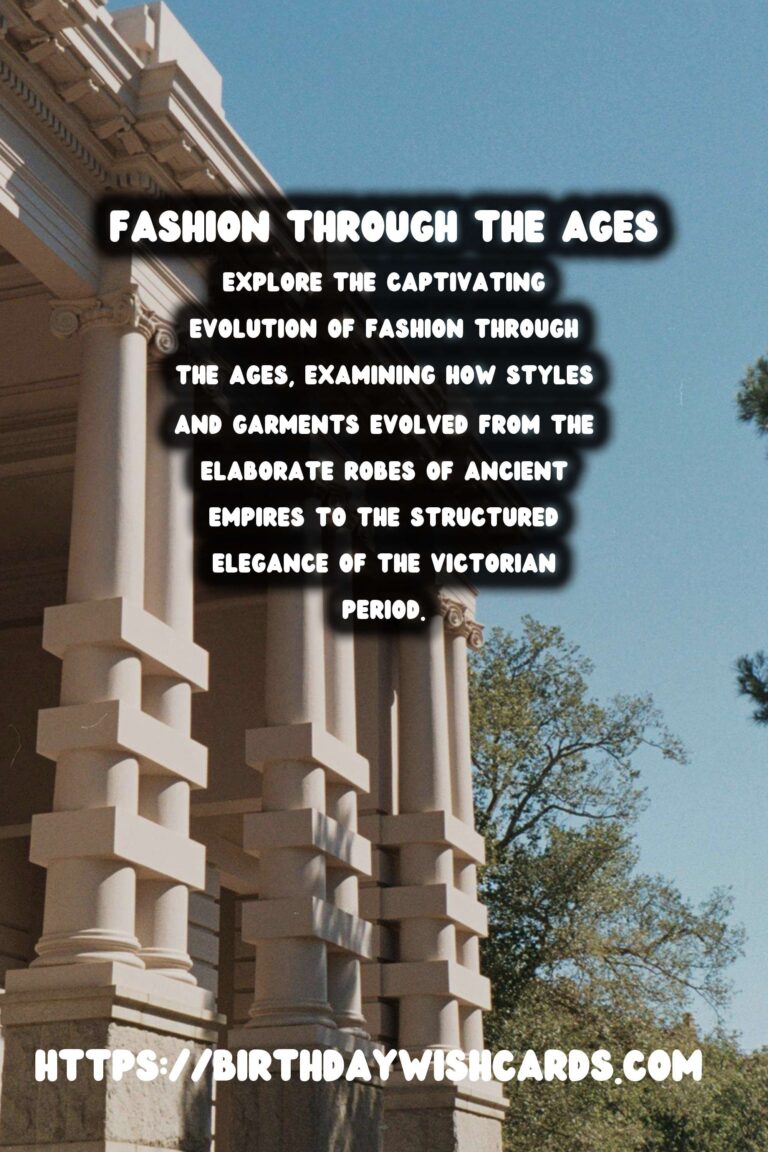
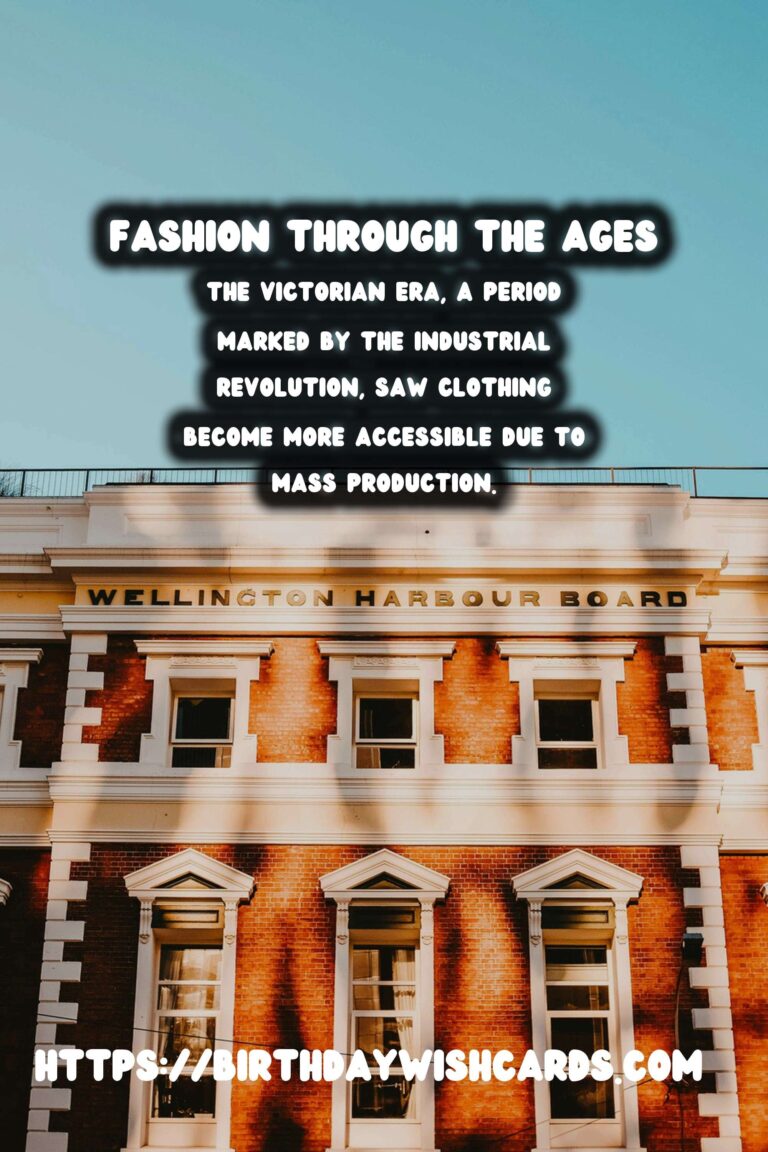
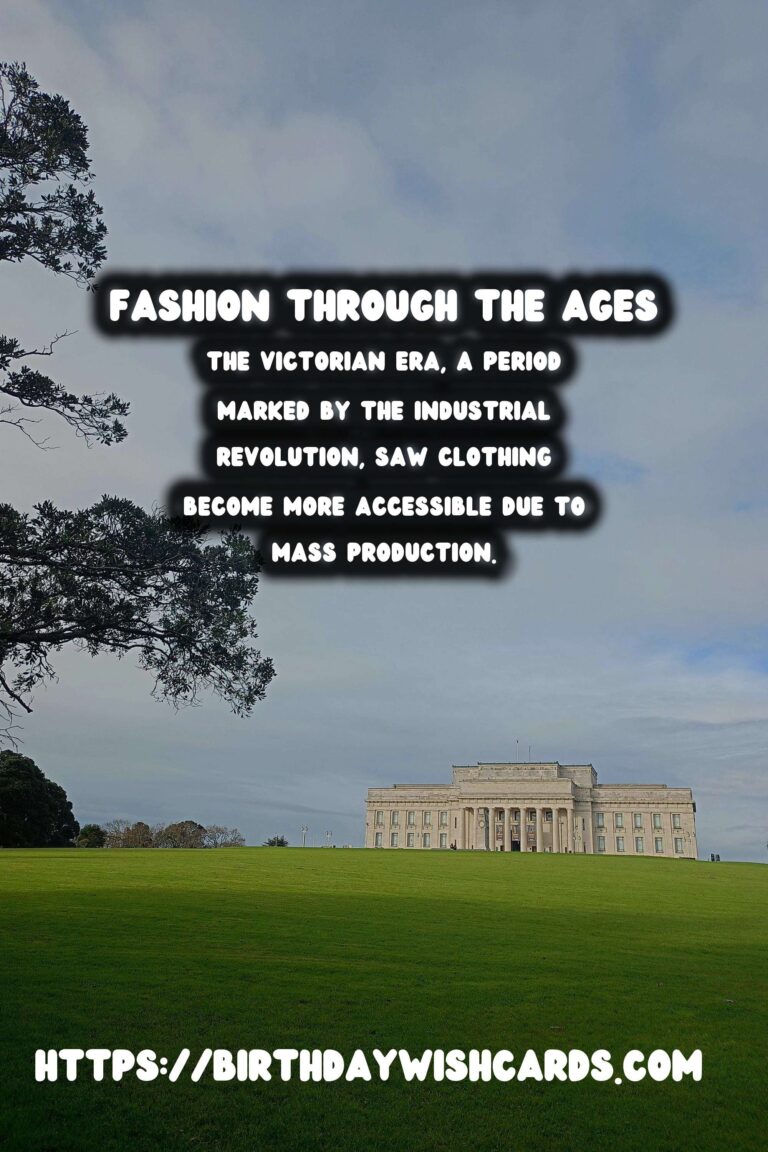
#FashionHistory #AncientToVictorian




